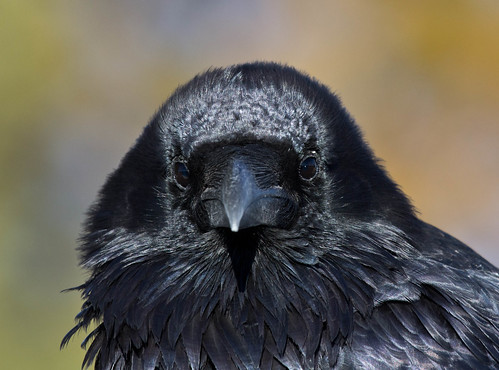Back in the mid-1970s when I took two ornithology classes and a graduate-level class in Animal Behavior, there was no question about whether birds play—of course they don’t. We were taught as fact that play is limited to humans and a handful of very intelligent mammal species. As people documented various animals doing things that sure seemed like playing, many ethologists' definition of “play” became narrower to exclude those situations, maintaining the fiction that humans, or at least the few mammals that are undeniably intelligent (naturally all primates), are magically different from all other species. Ornithologist Millicent Ficken * wrote a seminal paper in The Auk in 1977, titled simply “Avian Play,” in which she gave an overview of what was actually known about birds playing. One of her conclusions was that:
Of all animals, only birds and mammals play, and play evolved independently in the two groups probably because of similar selection pressures acting on the developmental process to produce flexibility of behavior and the perfection of certain motor skills.
Jennifer Ackerman cites Ficken’s paper from back then, and visited several of the top ornithologists whose open minds have advanced our understanding of play in animals, and not just birds and mammals, by leaps and bounds. She went to Sweden to meet cognitive zoologist Mathias Osvath, who became famous for his 2008 study on great apes, when he found that chimpanzees can plan ahead, another of the many abilities our arrogant species believed were magically limited to humans.
After this research was published, Osvath turned his attention to ravens, telling Ackerman that he thought great apes so human-like that studying them was “a bit boring…. Sometimes—as a scientist I should perhaps not say this—but sometimes ravens seem to be cleverer, at least in some ways.”
The research facility he and his wife started building in 2008 is a spacious aviary with an observation window where he can observe the birds and they can observe him right back as he explores such questions as do birds play because they’re intelligent, or are they intelligent because they play?
I would say that Ackerman’s chapter about ravens playing is my favorite if so many other chapters weren’t also so very fun and enlightening. But her visit to Orsath and her descriptions of his ravens were extremely evocative for me personally, because after rehabbing a couple of ravens in the early 1990s, I was so taken with how quickly they figured out that I was not trying to hurt them. Also, I’ve never forgotten when, in 1981, I lost my wristwatch on a walk in Port Wing, Wisconsin, and the next morning a raven flew over and dropped it at my feet. (You can read about that here.)
In the Play section of The Bird Way, Ackerman also has a chapter about the Kea, a wondrously fascinating parrot of New Zealand.
Ackerman closes The Bird Way’s final chapter, “A Last Word,” with a return to Mathias Orsath. She writes that Orsath believes corvids such as ravens are:
at the brink of a cognitive breakthrough. They have been around for millions of years. We humans have existed as a species for at most a few hundred thousand years…a flash in the pan… But in the short time of our existence, crows, ravens, and other corvids have learned to use us as a source of food and shelter. If our species disappears and corvids lose this resource, there may be selective pressure among them to boost cognition… Their brains could double or triple in size, and with their superefficient signaling and tight packing of neurons, they might become the next big thinkers, dominant among animals… "Perhaps someday dinosaurs in the form of corvids will dig us up to figure out what happened to us."
There wasn’t a single page of The Bird Way that wasn’t filled with intriguing food for thought like this. I myself have just written a book coming out in October titled The Love Lives of Birds, so tomorrow I’ll close what I’m calling Jennifer Ackerman Week with the sections of The Bird Way titled “Love” and “Parenting.”
*Millicent Ficken was already a hero of mine because of her overview of avian play in that 1977 paper, and because she is an authority on my favorite bird of all, when I met her in 1992 at an American Ornithologists' Union meeting in Ames, Iowa. After we met, I felt bold enough to ask her to review the pages about chickadees for my first book, For the Birds: An Uncommon Guide. She suggested a few very important improvements. I named a nighthawk "Penny" after her (that's her nickname).

